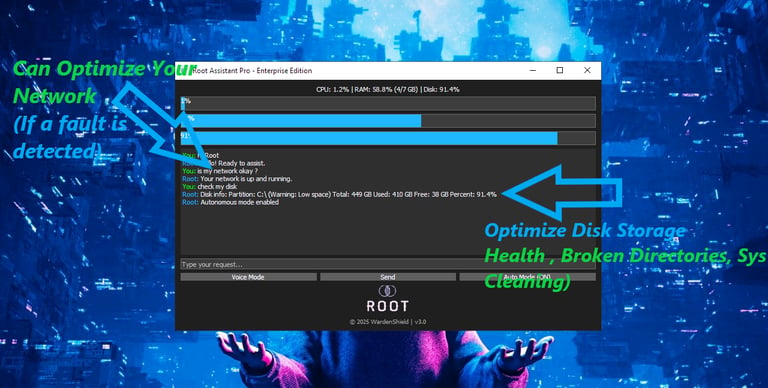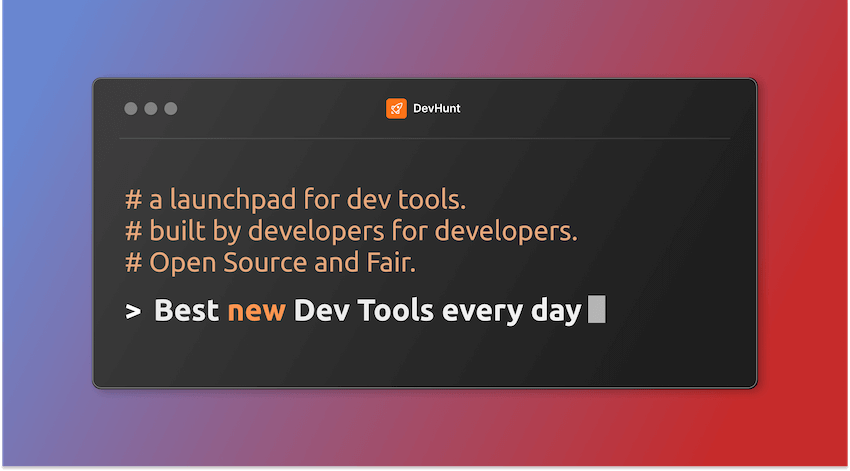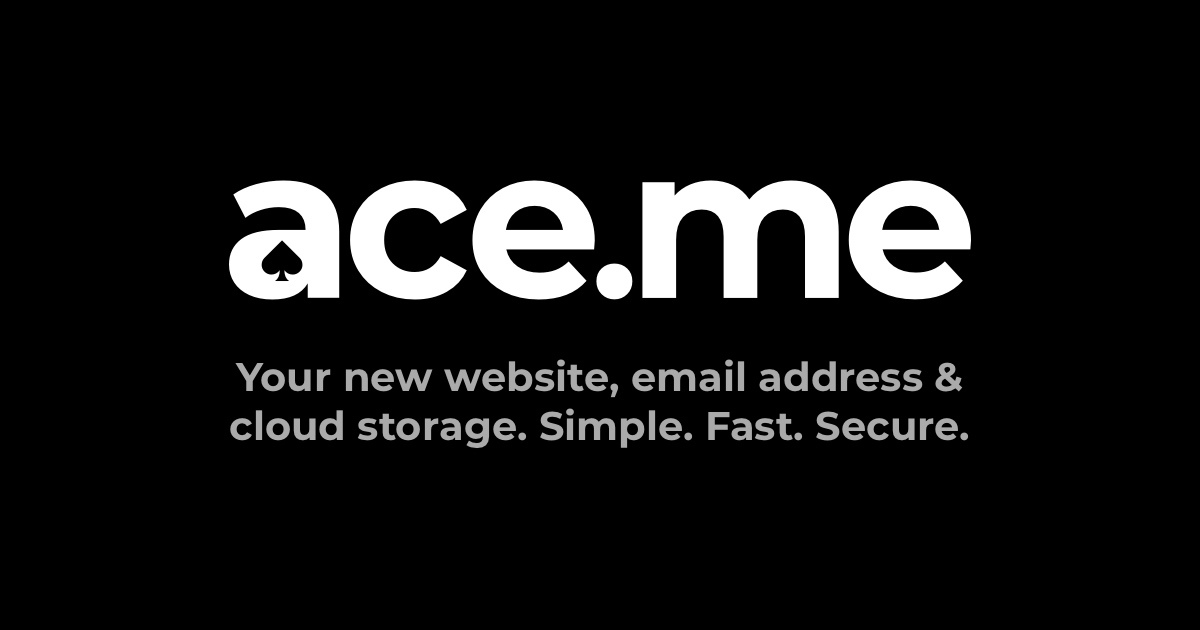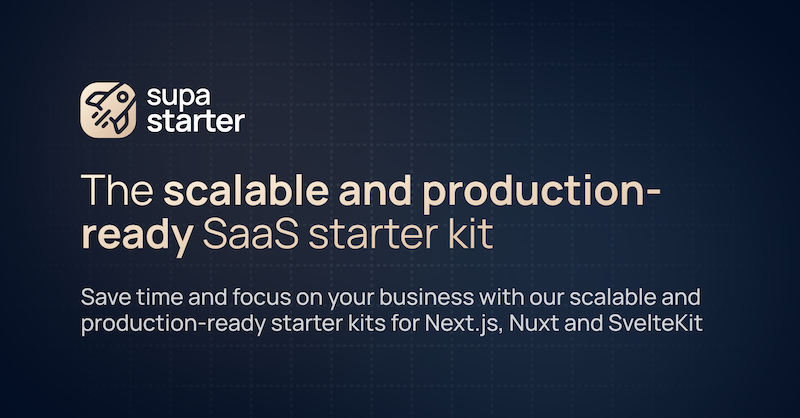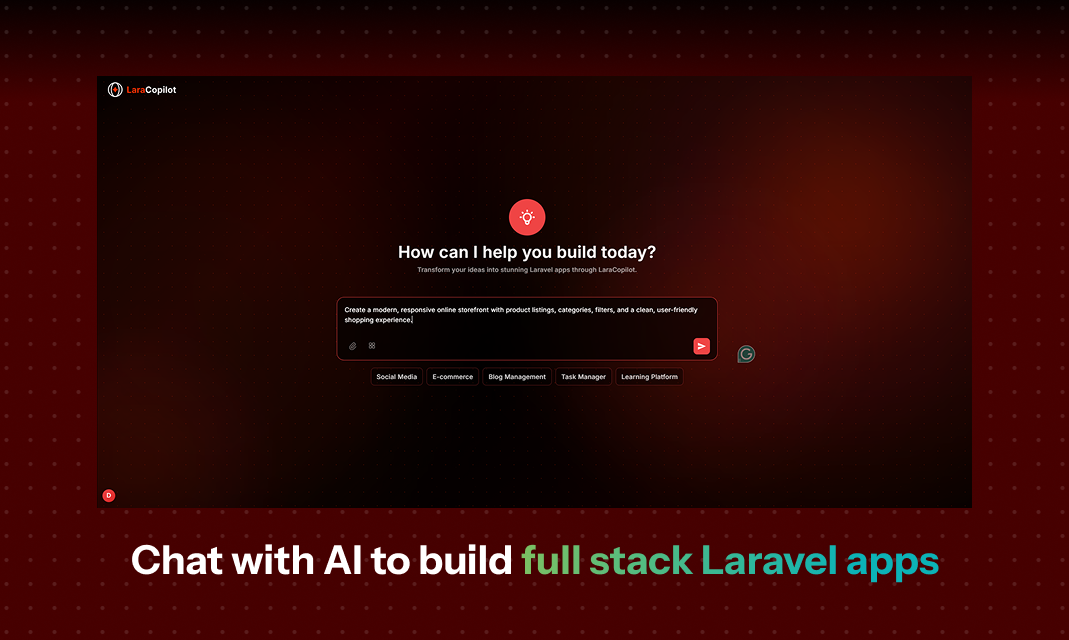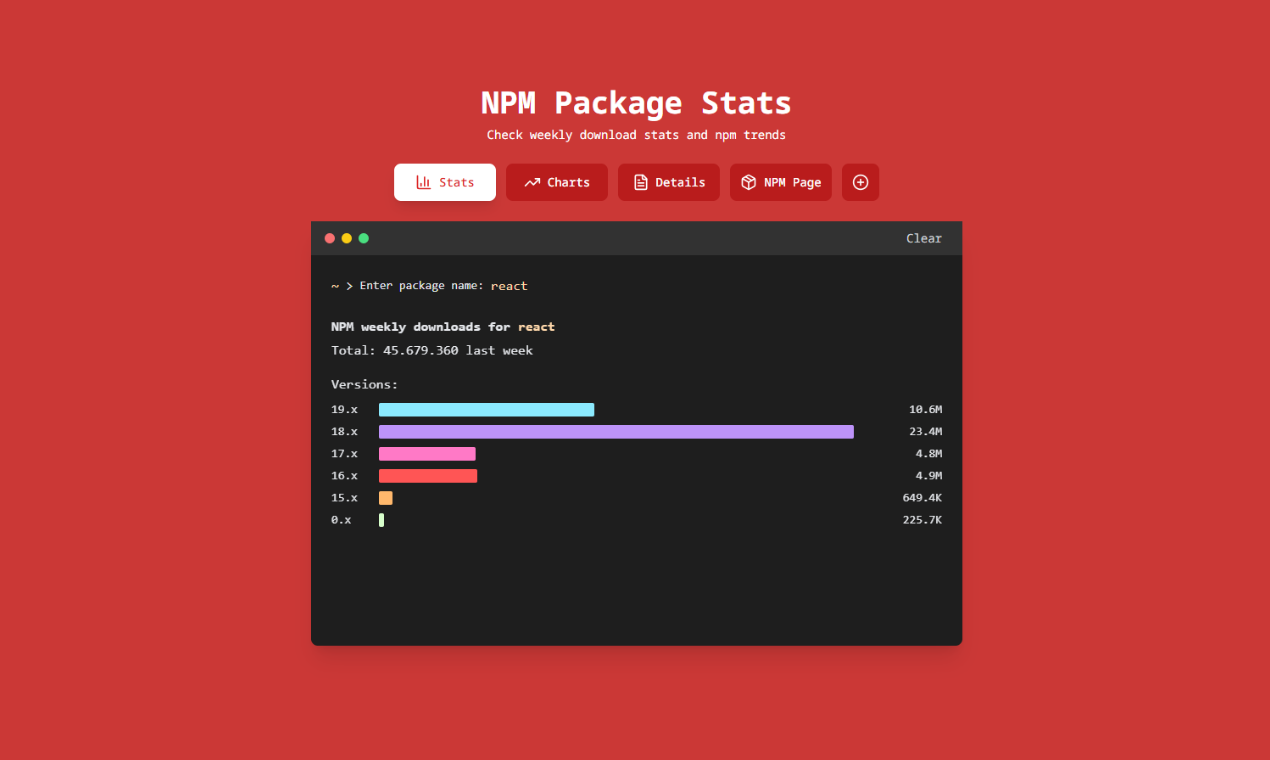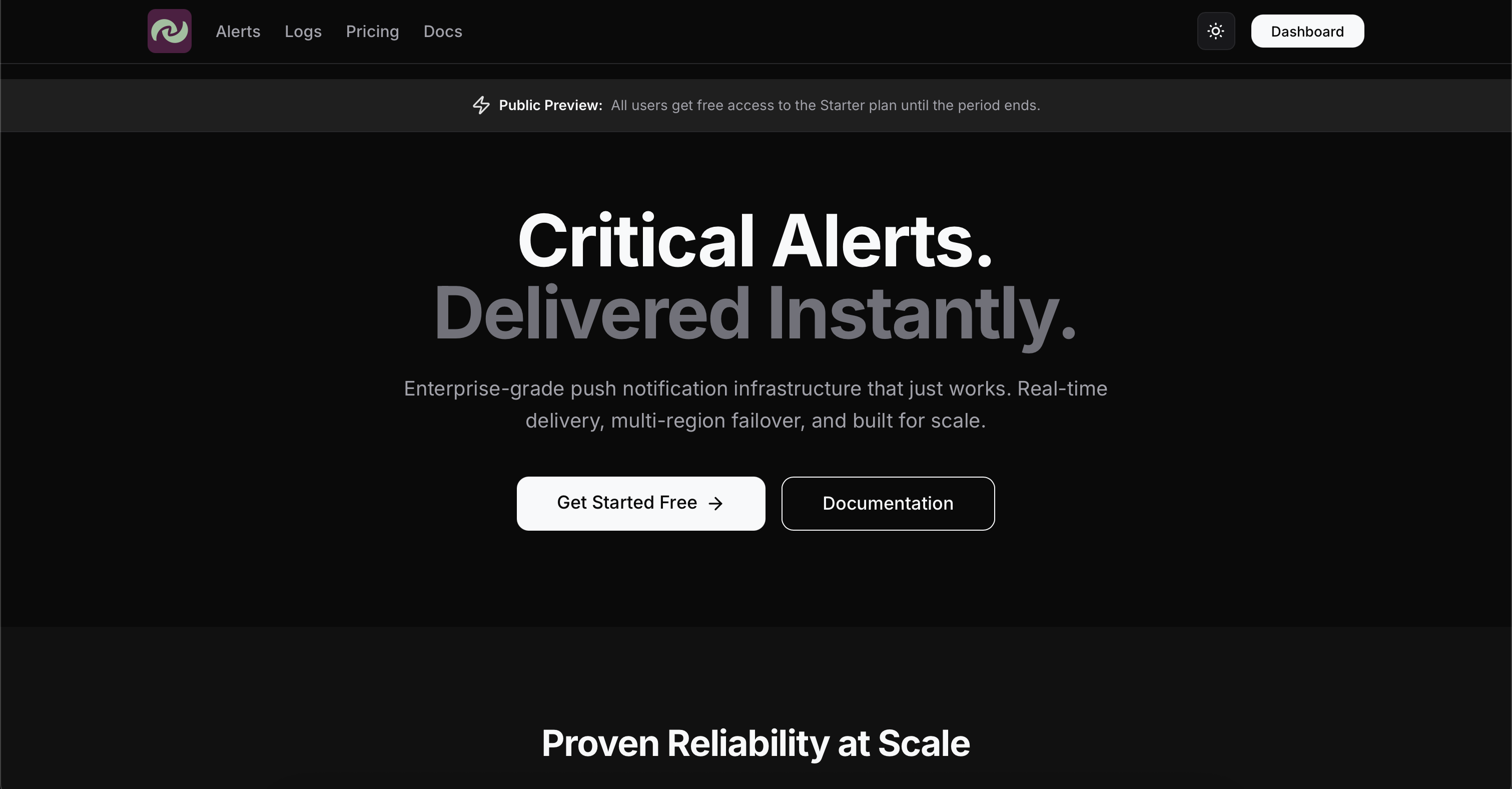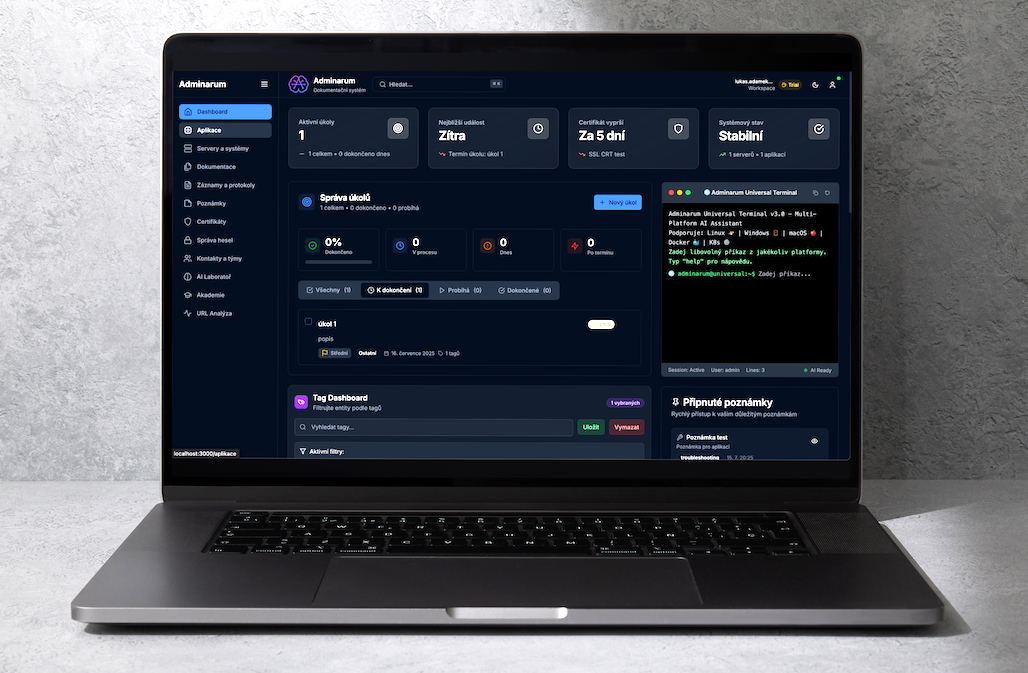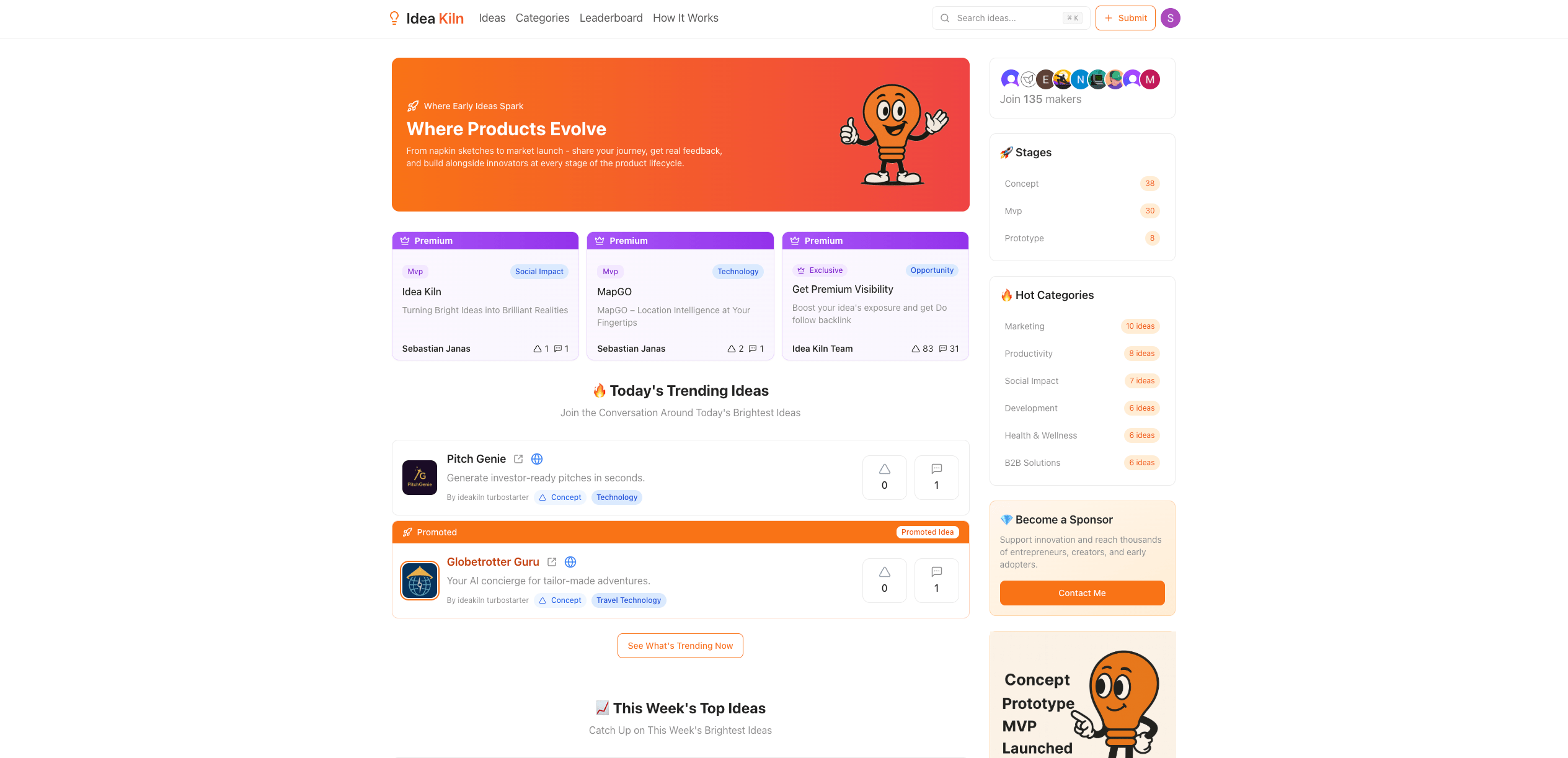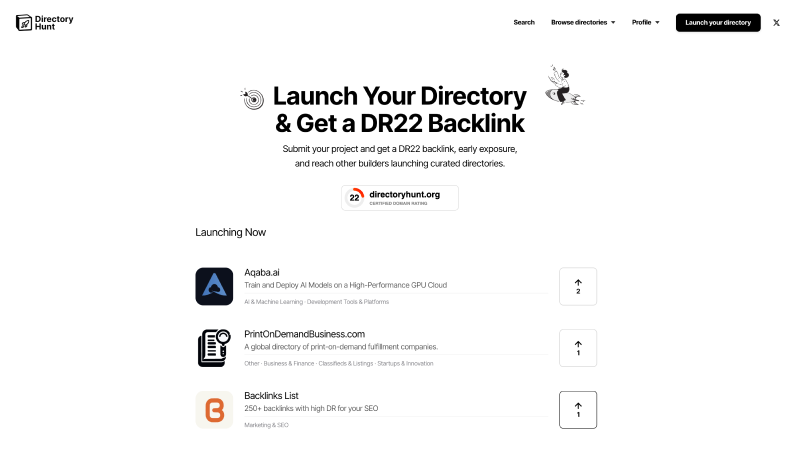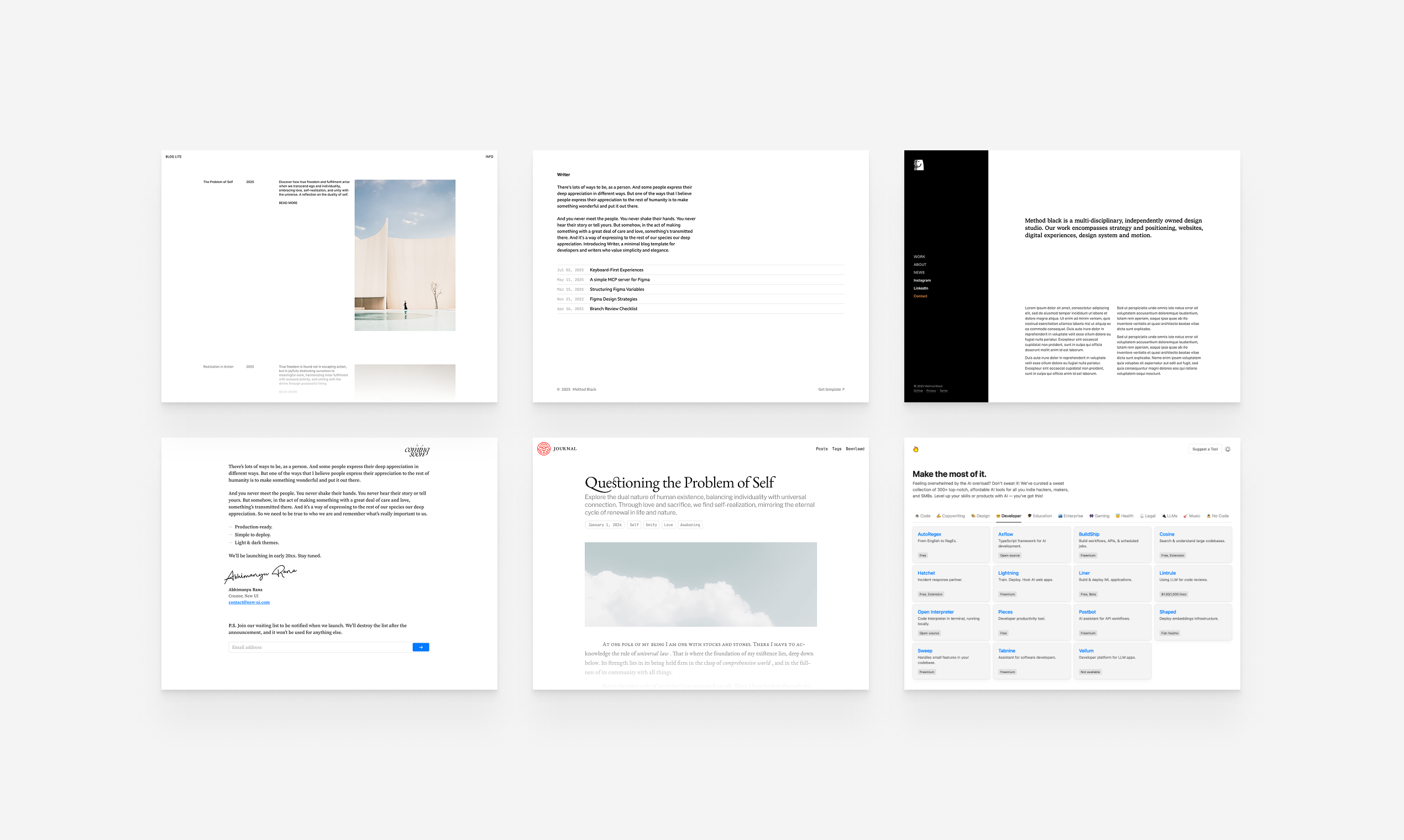Toolsfobia is a comprehensive online platform offering a vast array of 100% free web and SEO tools. It serves as an indispensable resource for website owners, content creators, developers, and anyone aiming to simplify online tasks and significantly enhance their digital presence.
Key Features
Extensive Tool Collection: Provides over 100 free online tools for various digital needs, from SEO to image editing and development.
Advanced Image Optimization: Features a 120+ format image compressor, free and unlimited image hosting (Imgdrop), and versatile image converters to maximize website speed and visual quality.
Comprehensive Website & SEO Analysis: Offers powerful tools like Backlink Checker, Domain Authority Checker, Meta Tag Generator, and Server Status Checker to track, analyze, and optimize site performance.
Text Content Mastery: Includes tools for keyword optimization, text formatting (case converter, word counter), content generation (Lorem Ipsum), and readability enhancement.
Developer & YouTube Utilities: Provides code formatters/minifiers (HTML, CSS, JS, JSON), QR code tools, and a suite of YouTube-specific tools for channel analysis and content optimization.
Digital Utility Vault: Features diverse tools for everyday challenges, including MD5 generation, IP lookup, Base64 encoding/decoding, and various unit/binary conversions.
Use Cases
For Digital Marketers & SEO Professionals: Toolsfobia empowers users to dive deep into their website's SEO performance. Utilize the Backlink Checker, Domain Authority Checker, and Keyword Density Checker to uncover invaluable insights, fine-tune SEO strategies, and improve search engine visibility. The platform simplifies the complex process of tracking, analyzing, and optimizing digital presence, leading to better rankings and increased organic traffic.
For Web Developers & Designers: Streamline your workflow with Toolsfobia's robust development tools. HTML, CSS, JavaScript, and JSON beautifiers/minifiers ensure clean, optimized code. QR Code Generator, URL Parser, and UUID Generator assist in various coding tasks. Image optimization tools like the Image Compressor and Image Converter are crucial for creating fast-loading, visually appealing websites, supporting over 120 image formats for ultimate flexibility.
For Content Creators & Bloggers: Elevate your writing with tools designed for text content mastery. Craft compelling headlines, optimize content for target keywords, and ensure readability with the Keyword Density Checker, Case Converter, and Lorem Ipsum Generator. The platform also offers YouTube-specific tools like Tag Extractor and Title Generator to boost video discoverability and engagement.
Pricing Information
Toolsfobia is committed to providing 100% free online web and SEO tools. There are no hidden costs, subscriptions, or software fees, making it an incredibly budget-friendly solution for all your digital needs.
User Experience and Support
The platform boasts a user-friendly and intuitive interface, designed for accessibility for both tech-savvy individuals and less experienced users. While specific documentation or tutorials aren't detailed, the site includes sections for FAQs, About, and Contact, indicating avenues for user support and information.
Technical Details
Toolsfobia operates as a web-based SaaS platform, accessible directly through any modern web browser. It provides a wide range of utilities without requiring any software installation, making it highly convenient and platform-independent.
Pros and Cons
Pros:
Completely Free: No subscriptions or hidden costs.
Extensive Toolset: Offers a vast and diverse collection of tools.
User-Friendly: Intuitive interface designed for ease of use.
Time-Saving: Automates many manual digital tasks.
Regular Updates: Committed to continuous improvement and new tool additions.
Cons:
No specific cons are highlighted in the provided text.
Reliance on internet connection for access.
May require some exploration to discover all available tools.
Conclusion
Toolsfobia stands out as an ultimate web toolkit, offering unparalleled value through its comprehensive suite of free online tools. It's an essential resource for optimizing content, images, and websites, empowering users to achieve their digital goals efficiently and effectively. Explore Toolsfobia today and transform your online workflow!
